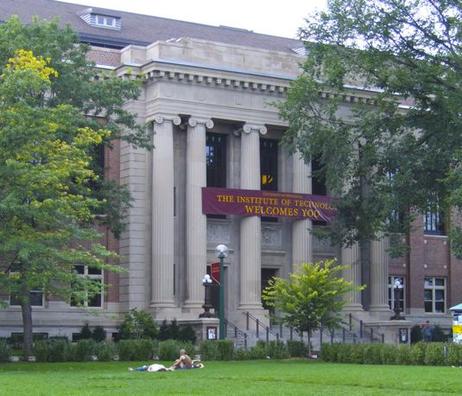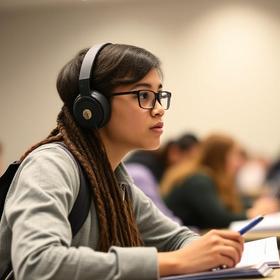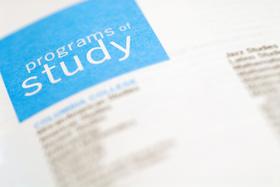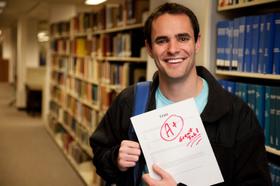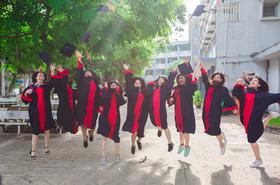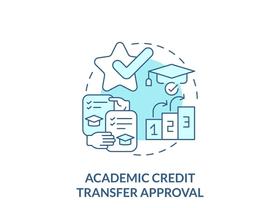In what has been called a major setback for Minnesota community college students, the University of Minnesota has formally announced plans to reduce the number of transfer students to the school. While the university claims that the decrease will be just a “drop in the bucket” regarding total transfer numbers, students and community college officials are voicing their concerns over the policy change. With community college enrollment increasing nationwide, it is possible that other universities will eye the new University of Minnesota policy with interest as they grapple with their own issues regarding a rising number of transfer students.
Pulling Back the Welcome Mat
According to a report at TwinCities.com, the welcome mat has a history of being extended to transfer students at the University of Minnesota. In 2009, the school accepted 3,260 new transfer students, making up nearly 40 percent of its new student population. However, the university plans to cut the number of transfer students they accept by roughly eight percent over the next two years, translating to around 300 transfer students. The university cites various reasons for their decision, including their desire to form a solid, four-year relationship with more students coming to the school. The school has also stated that fluctuating transfer numbers from year to year strain university resources.
This video shares one student's experience at North Hennepin Community College.
Another concern from some university officials is the lack of preparedness seen in some transfer students when they enroll at the four-year school. The need for remediation and advising at this level also requires more resources by the university that are generally unnecessary with freshmen enrolling directly from high school. To combat this problem, the university will also make it much more difficult for students with fewer credits – less than 14, to be exact - to transfer into the school.
“Students who come in with relatively few credits tend to have much worse retention and graduation rates,” Bob McMaster, provost and dean of undergraduate education for the University of Minnesota told TwinCities.com.
Community Colleges React to New
Community colleges are not pleased with the university’s decision overall. Gary Kruchowski, director of student advancement at Lake Superior College, told Fox21, “A few students will have the door shut to higher education,” adding, “Forty percent of our students are pursuing a transfer degree.”
Kruchowski said that students who are trying to save money to pursue their four-year degrees by starting out at a community college will be most affected by the decision. Currently, the tuition at state community colleges is about half of what it costs to attend the University of Minnesota.
It’s about saving a little bit of money, being able to attend a school closer to home, and that also saves a bit of money,” Kruchowski explained.
The Minnesota State Colleges and University System are also troubled by the University of Minnesota’s announcement. This system currently supplies 45 percent of the total number of transfer students the university sees each year. The interim vice-chancellor of the system, Larry Litecky, told Fox21, “The University of Minnesota’s plan to accept fewer transfer students is troubling and disappointing. The planned limit works against the state’s need to improve access to four-year degrees, particularly for low-income, students of color and first-generation college students.”
Litecky also told The Republic found the plan “troubling and disappointing,” because it would impact underserved students at a time when more in this population have been pursuing higher education opportunities than ever before.
“In a lot of ways, this decision couldn’t be timed any worse,” Litecky told The Republic. “It’s a time of record-high demand.”
Other University Options in the State
One school that doesn’t appear to be as concerned about the policy change at the University of Minnesota is Minnesota State Community and Technical College. The school's provost, Jerry Miller, told WDAY, “The vast majority of our students tend to transfer to regional universities.”
The school works directly with some of the other universities in the state to ensure students enjoy a seamless transfer when their two-year degree is complete. For example, students planning to transfer to Minnesota State University Moorhead do not have to collect transcripts to send to the university if they transfer directly from MSCTC. However, compared to other universities in the state, the University of Minnesota has historically accepted a higher number of transfer students. This translates to more students affected by the change than if another state university were to follow a similar policy.
This video offers an overview of the diesel tech program at Minnesota State Moorhead..
U of M Defends it Decision.
Officials at the University of Minnesota have defended their position against that vast amount of opposition, saying that the number of transfer students this will affect is relatively small. At a school that still offers more opportunities to transfer students than any other university in the state, the school believes its decision is reasonable and will benefit students and the school.
“There’s this perception that we are talking about obliterating transfer students,” McMaster told TwinCities.com. “The decrease we’re looking at is really just a drop in the bucket.”
The University of Minnesota is not the only school in the United States to be revamping its transfer policies. TwinCities.com reports that other schools are looking into the possibility of making similar changes. Many schools are responding directly to the increased enrollment numbers in community colleges across the country, as students who are low on tuition sources opt for two-year schools as an inexpensive way of jumpstarting their postsecondary education.
Questions? Contact us on Facebook. @communitycollegereview

